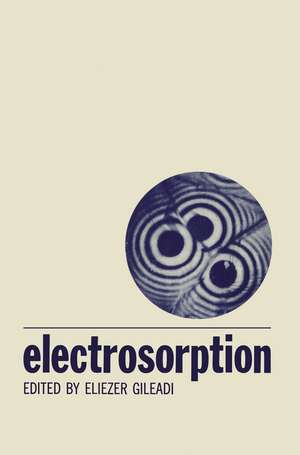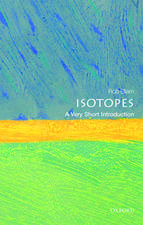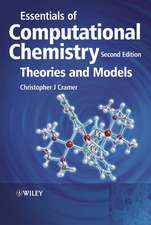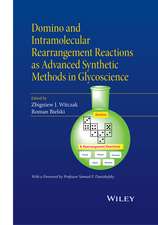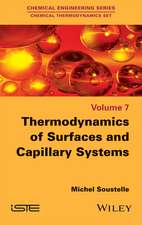Electrosorption
Editat de Eliezer Gileadien Limba Engleză Paperback – 19 mar 2012
Preț: 384.31 lei
Nou
Puncte Express: 576
Preț estimativ în valută:
73.54€ • 76.97$ • 61.21£
73.54€ • 76.97$ • 61.21£
Carte tipărită la comandă
Livrare economică 31 martie-14 aprilie
Preluare comenzi: 021 569.72.76
Specificații
ISBN-13: 9781468417333
ISBN-10: 1468417339
Pagini: 240
Ilustrații: XIV, 222 p.
Dimensiuni: 152 x 229 x 13 mm
Greutate: 0.33 kg
Ediția:Softcover reprint of the original 1st ed. 1967
Editura: Springer Us
Colecția Springer
Locul publicării:New York, NY, United States
ISBN-10: 1468417339
Pagini: 240
Ilustrații: XIV, 222 p.
Dimensiuni: 152 x 229 x 13 mm
Greutate: 0.33 kg
Ediția:Softcover reprint of the original 1st ed. 1967
Editura: Springer Us
Colecția Springer
Locul publicării:New York, NY, United States
Public țintă
ResearchCuprins
I Adsorption in Electrochemistry.- 1. Introduction.- 2. Equations of State and Isotherms.- 3. The Langmuir Isotherm.- 4. The Temkin Isotherm.- 5. The Frumkin Isotherm.- 6. Experimental Tests of the Isotherms.- 7. Conclusions.- References.- 2 Organic Adsorption at Electrodes.- 1. Introduction.- 2. Comparison of Methods for Adsorption Studies in the Gas Phase and at Electrodes in Solution.- 3. Energetics of Adsorption.- 4. Trends in Electrosorption.- 5. Modes of Adsorption and Structure of Adsorbed Species.- 6. The Adsorption Characteristics of Some Selected Compounds.- 7. Open-Circuit Adsorption Behavior.- 8. Summary.- References.- 3 Kinetics of Diffusion-Controlled Electrosorption of Neutral Molecules.- 1 Introduction.- 2. The Adsorption Isotherm and the Mass Transfer Process.- 3. Analysis of the Diffusion Problem.- 4. The Time Variation of the Surface Concentration of Adsorbed Species.- 5. Mass Transport-Controlled Electrosorption Under Stirred Conditions.- References.- 4 Oxygen Adsorption and Oxide Formation on Electrodes.- 1. Introduction.- 2. Thermodynamics of Oxidation.- 3. Characteristics of Physically Adsorbed Oxygen.- 4. Characteristics of Chemisorbed Oxygen.- 5. The Occurrence of Physical Adsorption.- 6. The Occurrence of Chemisorption.- 7. Mechanism of Oxide Growth.- 8. Why is Adsorbed Oxygen Important ?.- References.- 5 The Potential of Zero Charge.- 1. Introduction.- 2. Aspects of the Potential of Zero Charge Dependent on the Metal.- 3. Aspects of the Potential of Zero Charge Related to the System.- 4. Methods of Determination of the Potential of Zero Charge.- 5. Conclusions.- References.- 6 The Role of Solvents at Electrodes.- 1. Introduction.- 2. Field-Dependent Orientation of the Solvent at the Metal—Solution Interface.- 3. Dielectric Properties of theSolvent at the Electrode.- 4. Adsorptive Properties of the Solvent at the Electrode.- 5. Final Remarks.- References.- 7 Theoretical Consideration of the Double Layer.- 1. An Electrostatic Model of the Electrochemical Double Layer.- 2. The Local Thermodynamic Formulation for Inhomogeneous Electrochemical Systems.- 3. Theories of the Ionic Double Layer.- References.
